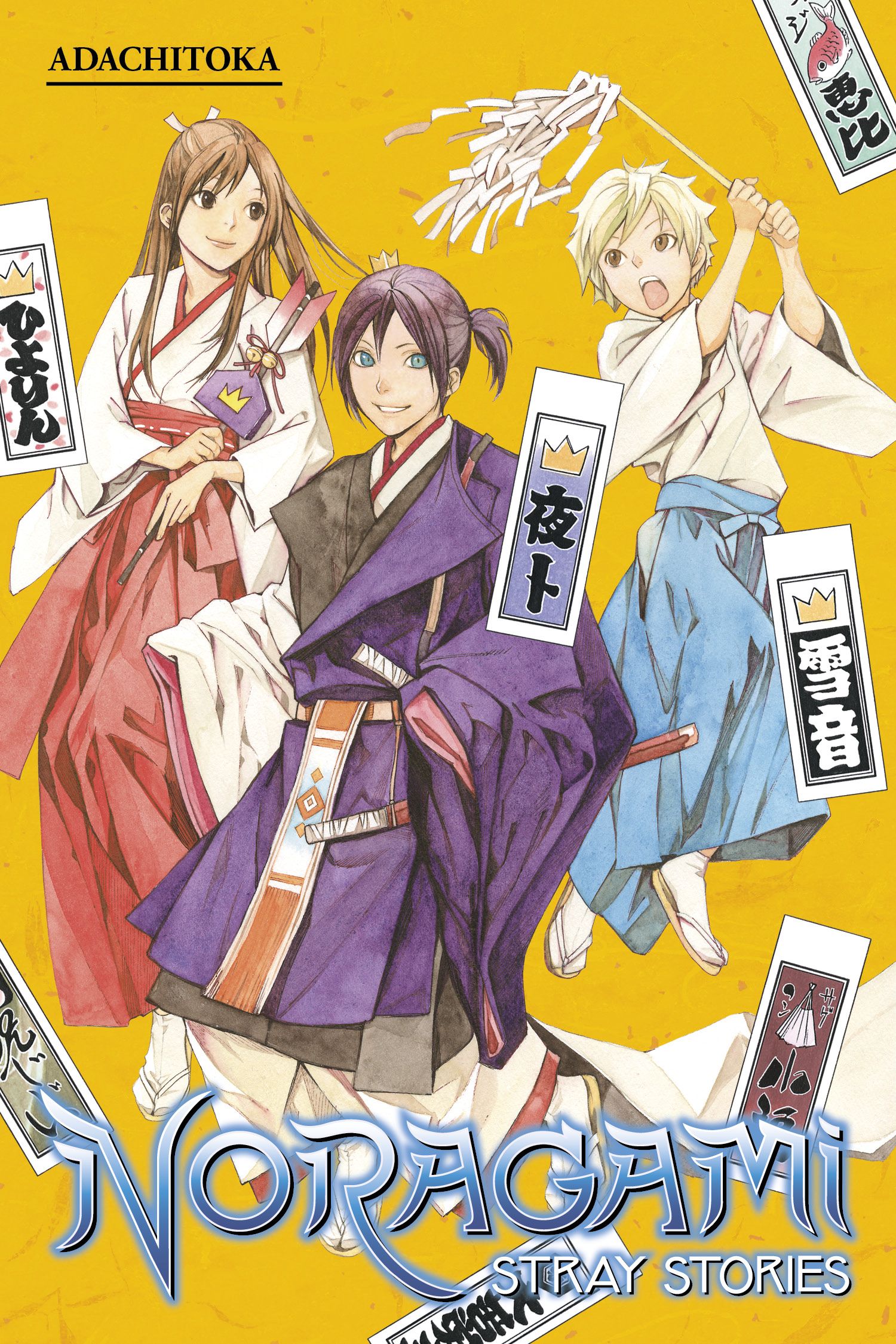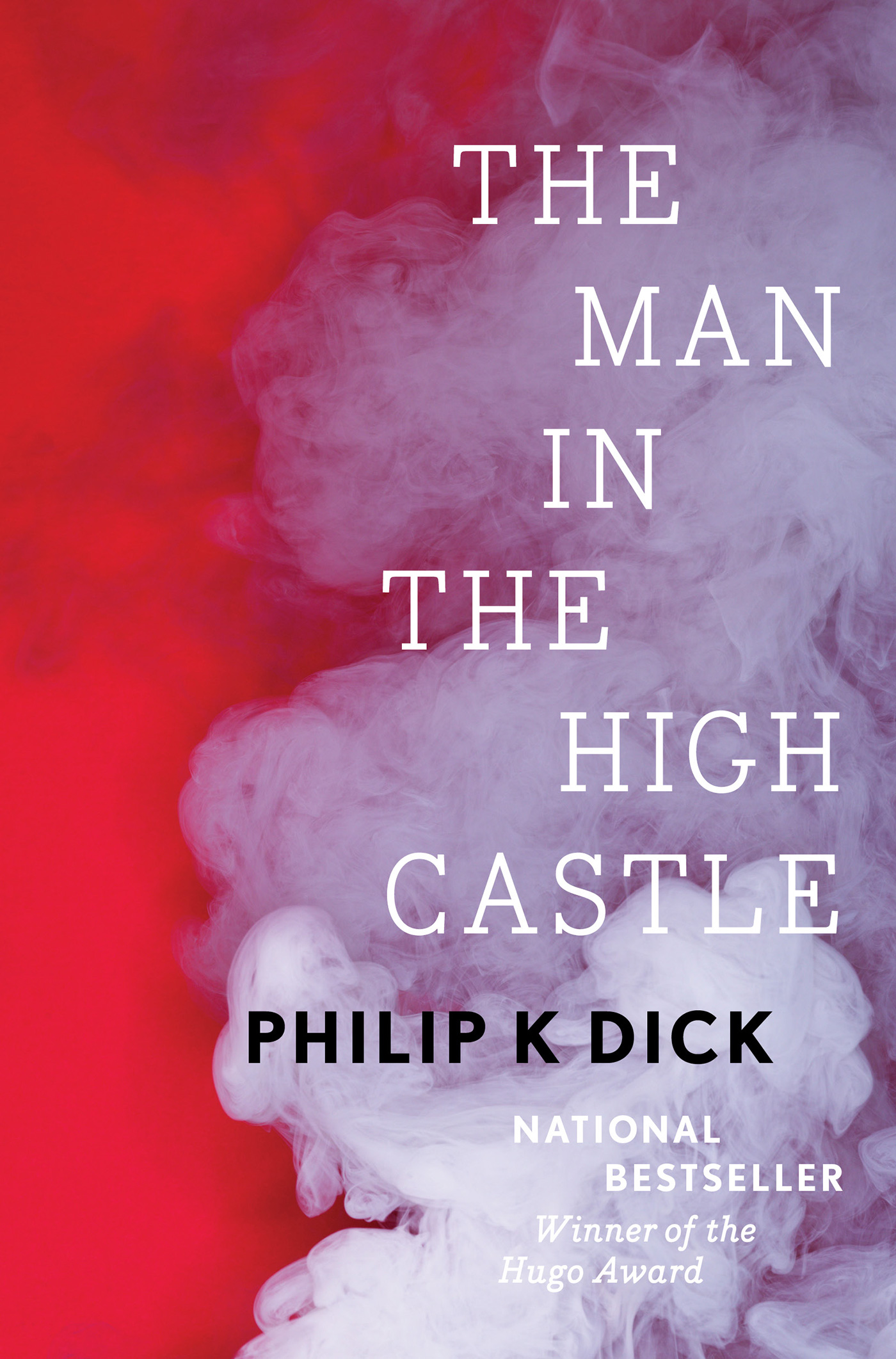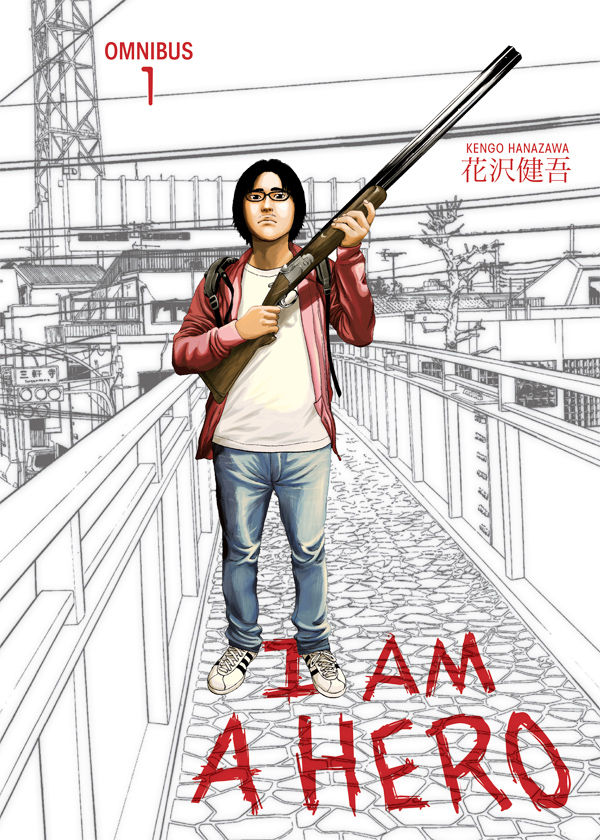My News and Reviews I ended up posting it a little later than I really intended, but my random musings on TCAF 2016 are now available to read. Although I didn't make it to as many panels this year, …
Continue Reading about My Week in Manga: May 16-May 22, 2016 →




